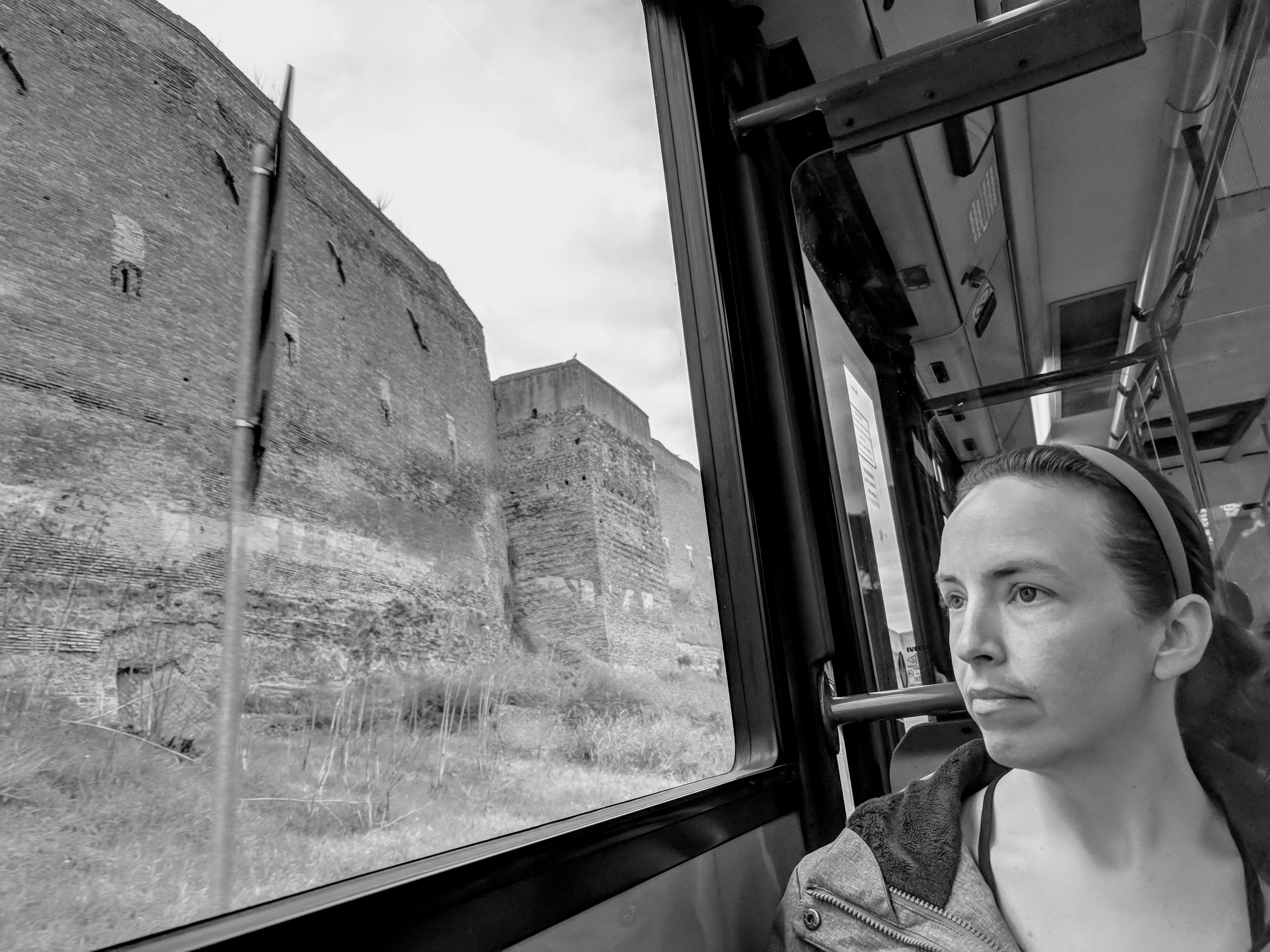Via Appia Antica
Thu Dec 07, 2017 10:46 amAppian Way is in really great shape for being 2300 years old.
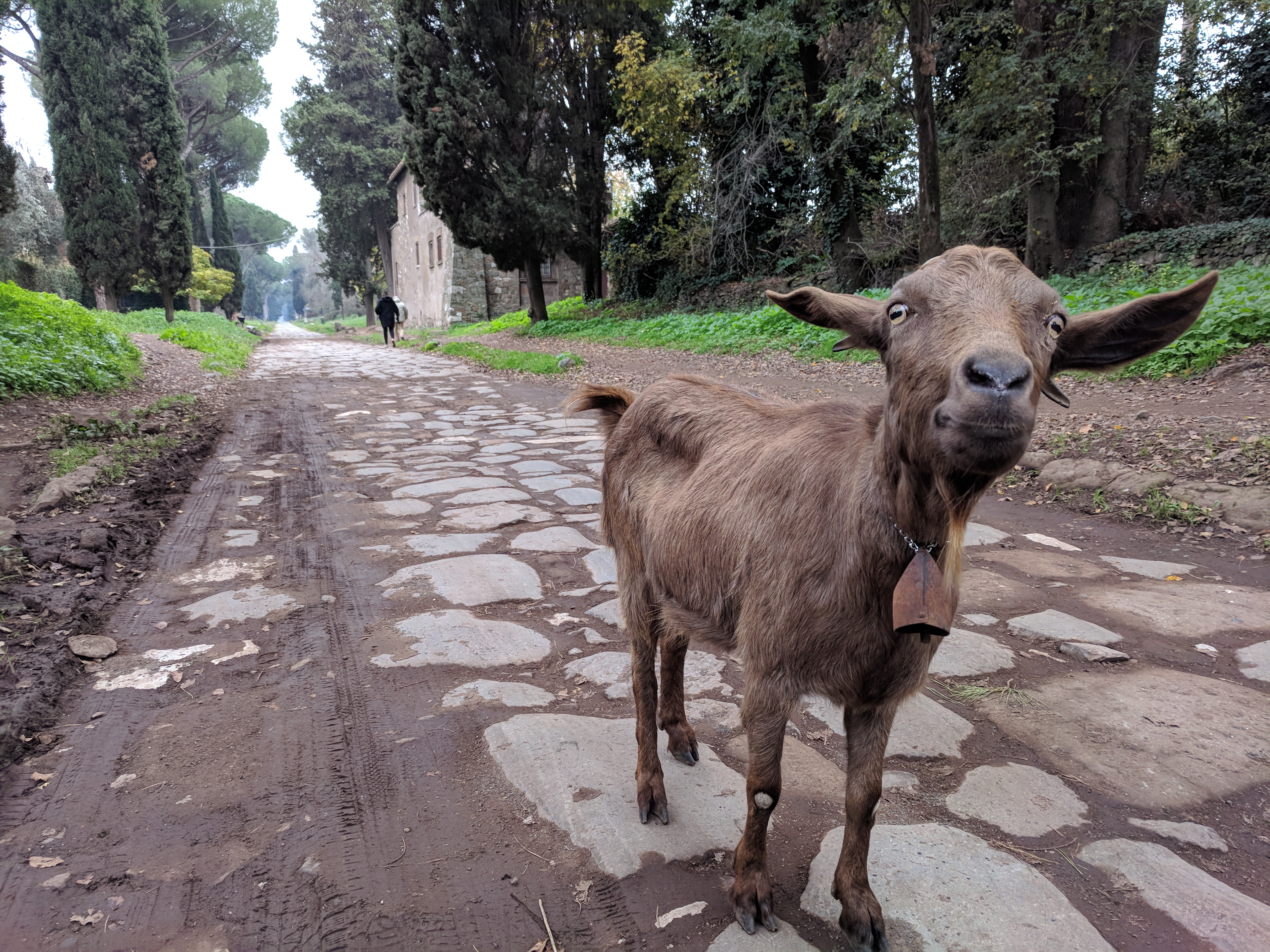
Appian Way is 14 feet wide, with a crown and ditches for drainage. On either side are elevated pathways originally meant for pedestrians, as well as stone retaining walls. It begins in the Roman Forum and terminates in Brindisi but passes through Capua near Naples. The highway is connected to many important historical events, but I find Capua’s role in the Second Punic War particularly interesting.
Concurrent with the earliest history of Rome, the southern end of Italy was a Greek territory known as Magna Graecia. Capua was an important city in Campania in Magna Graecia, and became as large and important as Rome and Carthage.
Now it so happened in the course of the Second Punic War that Carthaginian General Hannibal invaded Italy and ravaged the country for 17 years. After Hannibal wiped out the Roman Army for the third time at the Battle of Cannae (incidentally in Southern Italy), Capua allied itself with Hannibal. Rome eventually reconquered Capua in 211 BC, most assuredly making use of the Appian Way to move their army south from Rome, in the process.
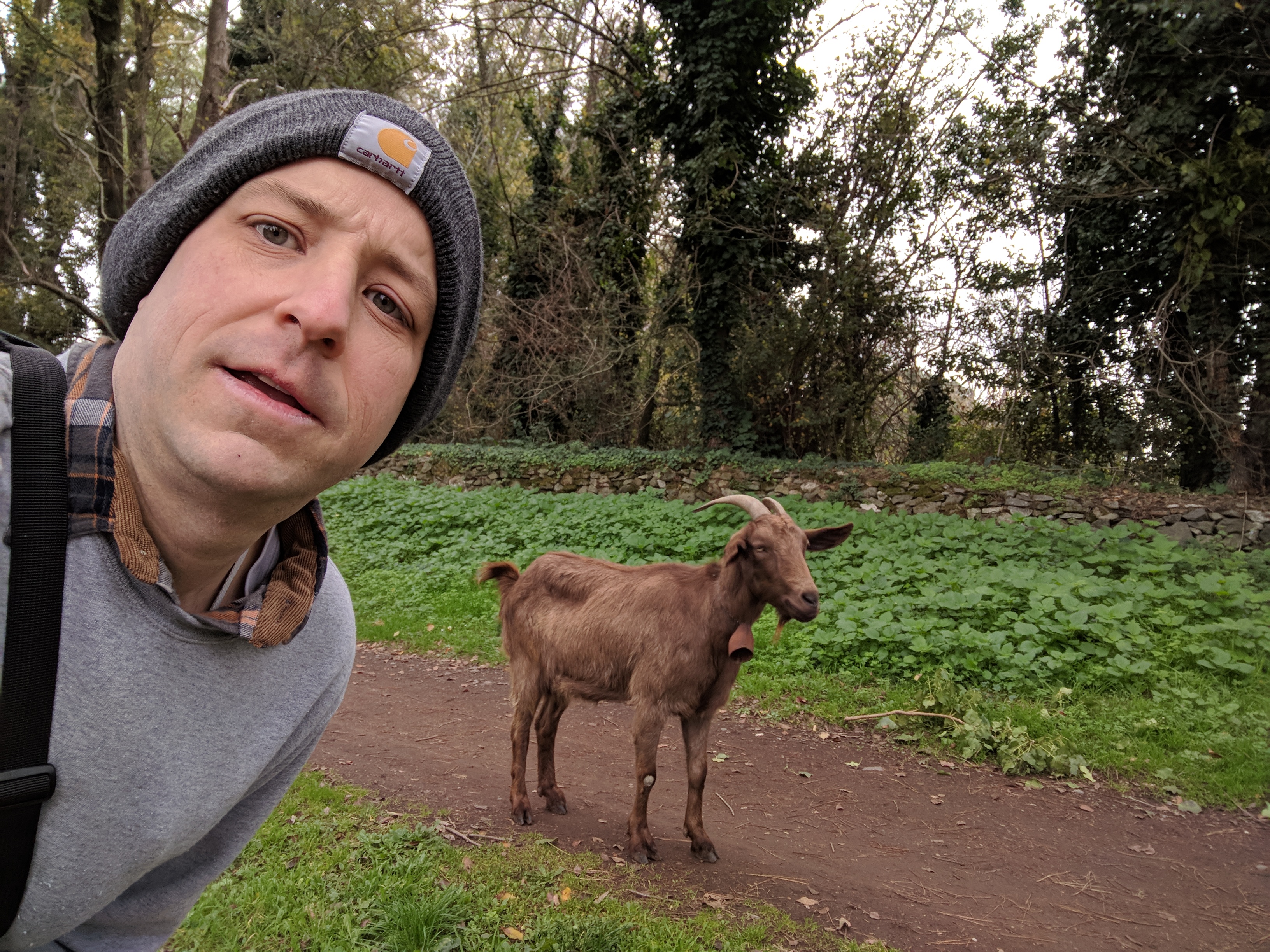
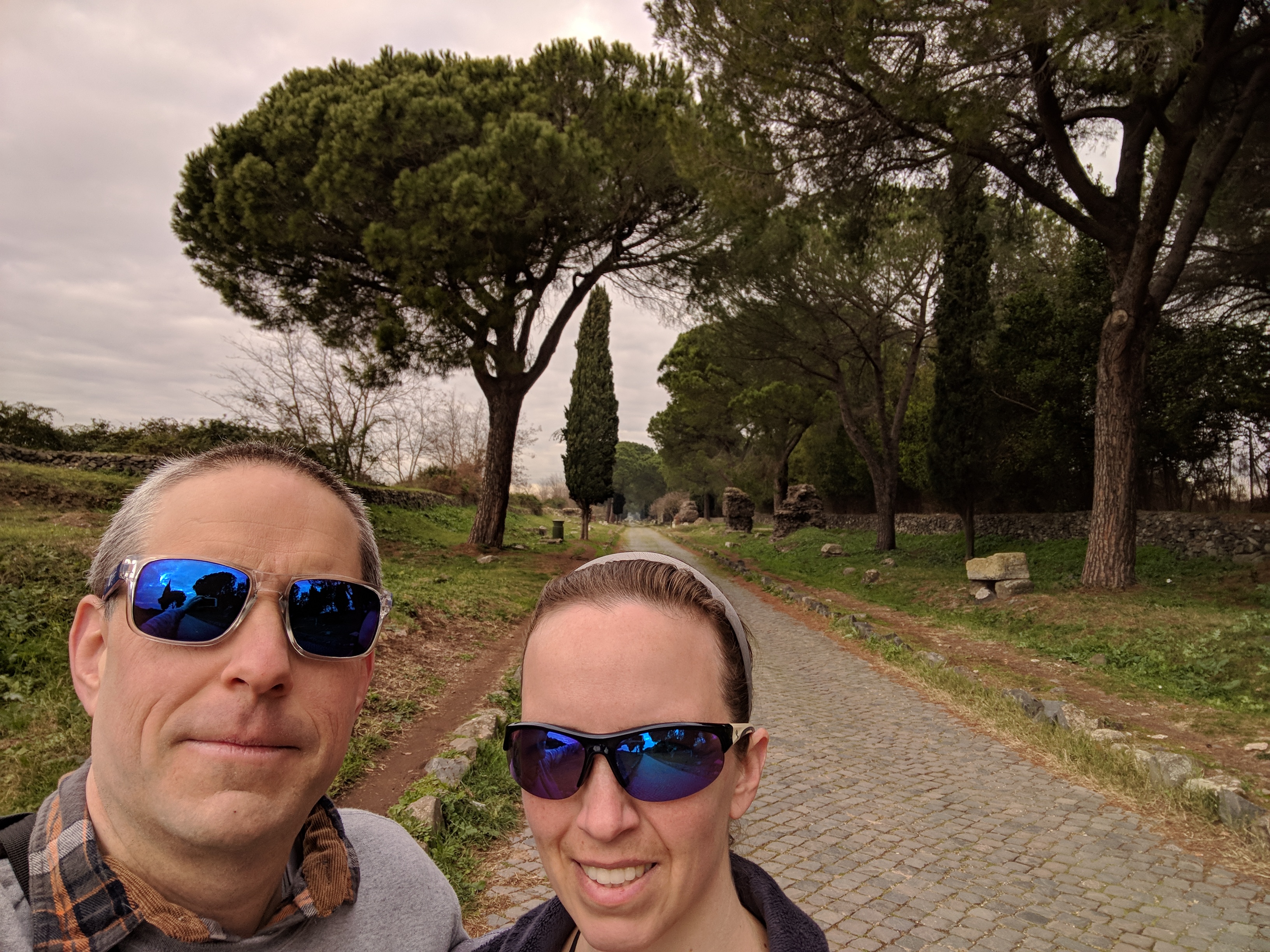
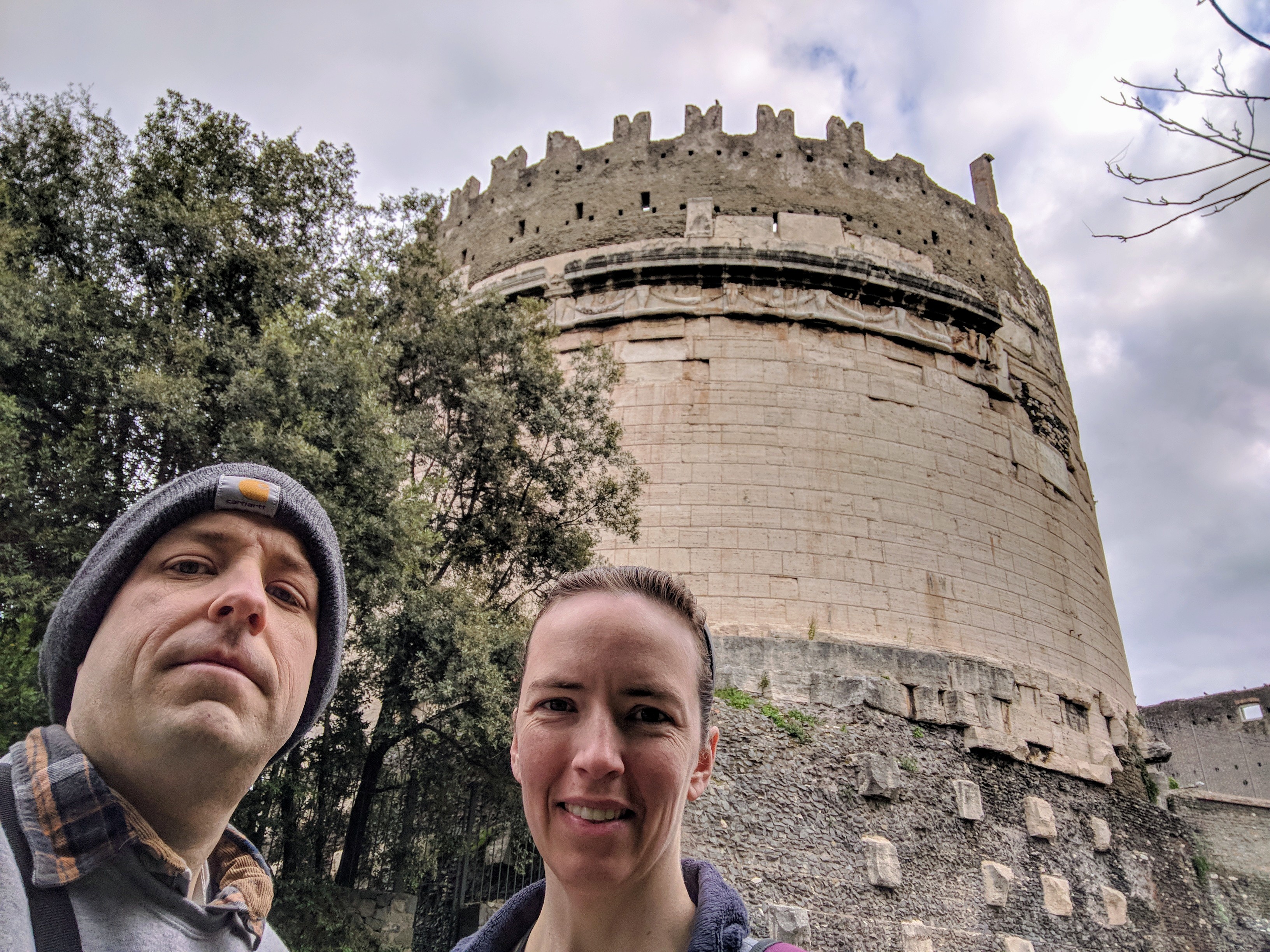
Caecilia Metella, who was entombed in the Tomb of Caecilia Metella, was the daughter-in-law of Crassus, one of the most powerful men in Rome.
Crassus became the wealthiest man in Rome via slavery, silver-mining, real-estate, and military conquest. He also gained notoriety by winning the Third Servile War (financing the campaign out of his own pocket) which resulted in 20,000 rebels being crucified alongside this very same Appian Way.
After financing Julius Caesar’s rise to power, Crassus, together with Pompey and Julius Caesar formed the First Triumvirate, a three-way dictatorial alliance that controlled Rome. Crassus was defeated and killed fighting the Persian Parthian Empire at the Battle of Carrhae, a battle which demonstrated how eastern military tactics were superior in desert terrain.
As for Caecilia Metella’s husband, Crassus had the same name as his father, and was a general in Julius Caesar’s army, an arrangement meant to smooth over the political differences between Caesar (a populist) and Crassus (who was an Optimate), the struggle between Optimates and Populares having long been a recurring motif in Roman politics.
